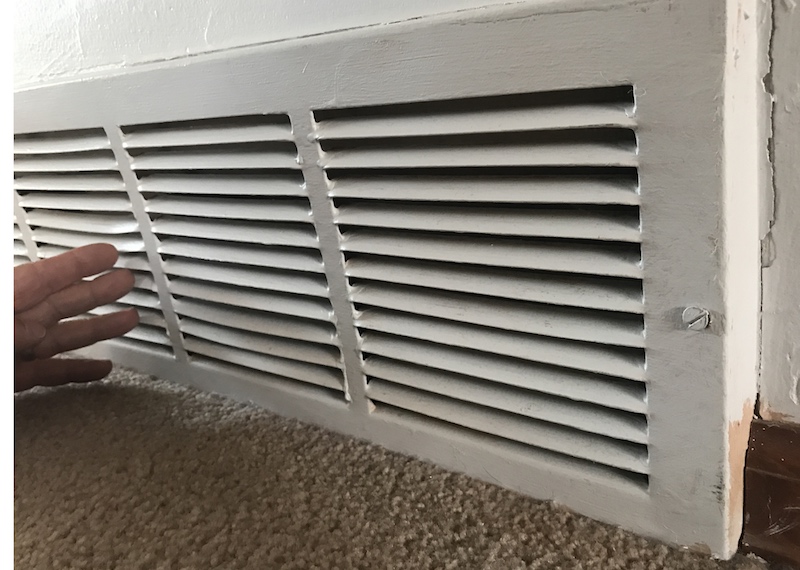The Home Inspector’s Guide to Air Duct Cleaning, Part 2: What Is Air Duct Cleaning?

Most people are now aware that indoor air pollution is an issue of growing concern and increased visibility. Many companies market products and services intended to improve the quality of a home’s indoor air. You have probably seen an advertisement, received a coupon in the mail, or been approached directly by a company offering to clean your air ducts as a means of improving your home’s indoor air quality.
These services typically depend on:
-
the services offered;
-
the number and size of the systems to be cleaned;
-
the system’s accessibility;
-
the climatic region; and
-
the level of contamination.
Duct cleaning generally refers to the cleaning of various components of forced-air heating and cooling systems, including the supply and return air ducts and registers, grilles and diffusers, heat exchangers, heating and cooling coils, condensate drain pans, fan motor and fan housing, and the air-handling unit housing.
If not properly installed, maintained and operated, these components may become contaminated with particles of dust, pollen, or other debris. If moisture is present, the potential for microbiological growth increases, and spores from such growth may be released into the home’s living space. Some of these contaminants may cause allergic reactions or other symptoms in people exposed to them.
If the homeowner decides to have their heating and cooling system cleaned, it’s important that they make sure that the service provider agrees to clean all the components of the system, and also that he or she is qualified to do so. Failure to clean a component of a contaminated system can result in re-contamination of the entire system, thus negating any potential benefits.
Methods of duct cleaning vary, although standards have been established by industry associations concerned with air duct cleaning. The service provider will typically use specialized tools to dislodge dirt and other debris in the ducts, and then vacuum them out with a high-powered vacuum cleaner.
Additionally, the service provider may propose applying chemical biocides, which are designed to kill microbiological contaminants, to the inside of the ductwork and to other system components. Some service providers may also suggest applying chemical treatments (sealants or other encapsulants) to encapsulate or cover the inside surfaces of the air ducts and equipment housings because they believe it will control mold growth or prevent the release of dirt particles or fibers from the ducts. These practices have yet to be fully researched and the homeowner should be informed before deciding to permit the use of biocides or chemical treatments in their air ducts. They should only be applied, if at all, after the system has been properly cleaned of all visible dust and debris.
Homeowners should also note that the use of sealants to encapsulate the interior surface of ducts is a different practice than sealing duct air leaks. Sealing duct air leaks can help save energy on heating and cooling bills.